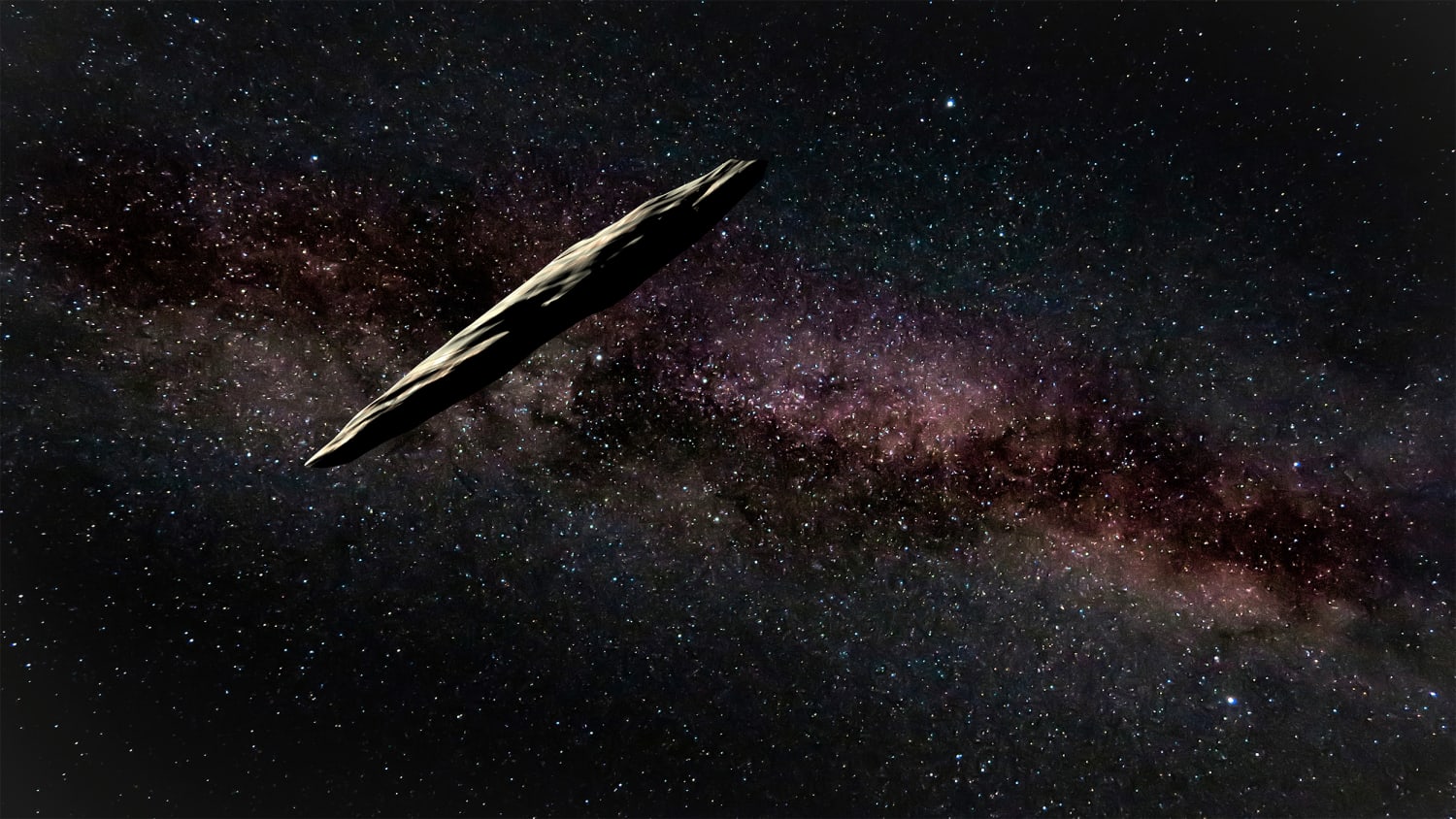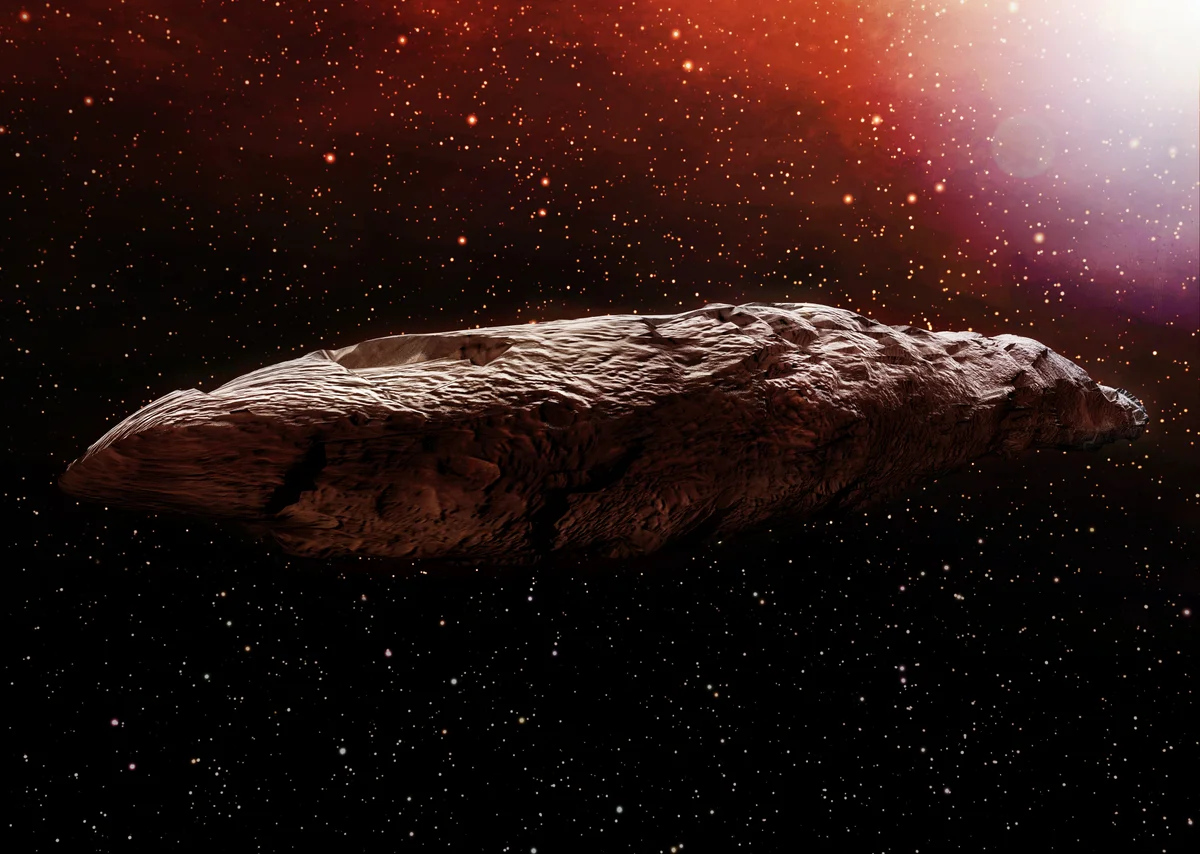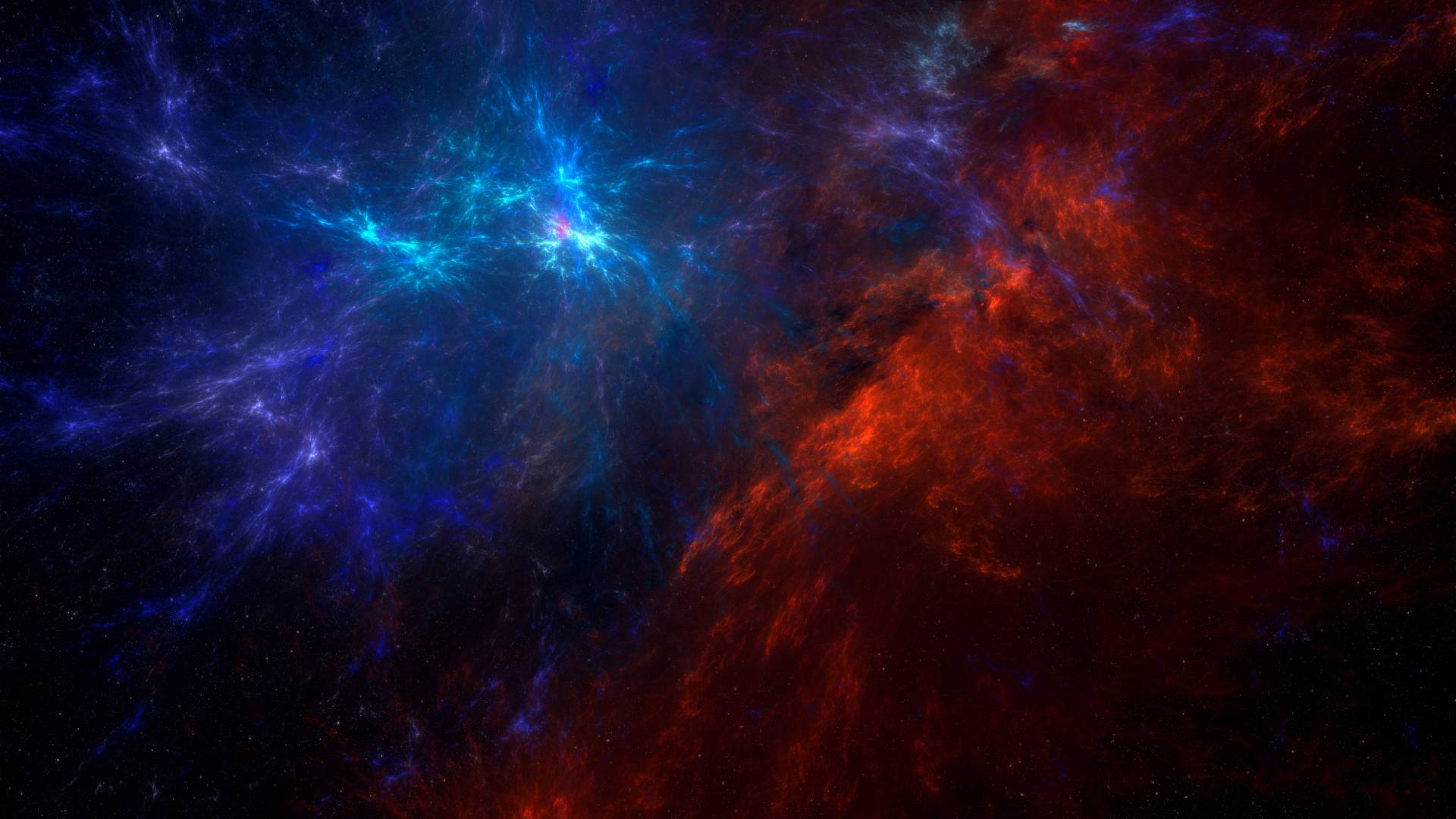In October 2017, astronomers at the Haleakala Observatory in Hawaii spotted something unprecedented: a small, elongated object speeding through the solar system — but unlike anything we had seen before. Named ‘Oumuamua (a Hawaiian word meaning “scout” or “messenger from afar arriving first”), it became the first known interstellar object ever detected in our solar system.
But that’s just the beginning of the mystery. Was ‘Oumuamua simply an odd-shaped rock from another star system, or could it have been something more — perhaps an alien probe?
In this article, we at spaceyv explore the strange tale of ‘Oumuamua, unpacking the science, the theories, and the big questions still left unanswered.

What Was ‘Oumuamua?
When first spotted, ‘Oumuamua was racing through space at 87.3 kilometers per second (over 195,000 mph). Its trajectory showed it was not bound by the Sun’s gravity — it had entered the solar system from another star system entirely and was now just passing through.
Unlike comets, it showed no visible tail or outgassing, and unlike asteroids, it had a highly elongated, cigar-like or pancake-like shape with an extreme rotation. Its reflectivity, spin, and speed didn’t fit easily into any category we had seen before.
Why Was It So Special?
Here’s why ‘Oumuamua became such a headline-grabbing mystery:
✅ First interstellar object ever observed in the solar system.
✅ Highly unusual shape — possibly up to 10 times longer than it was wide.
✅ Unexpected acceleration — as it left the solar system, it sped up slightly, without a visible cause (like a comet tail).
✅ No detectable gas or dust — making its comet-like behavior even stranger.
These unusual characteristics led scientists to scramble for explanations, while some even wondered: Was it artificial?
Natural Object or Alien Probe?
🌑 Natural Object Hypotheses
Most astronomers believe ‘Oumuamua is a natural object. Some of the leading natural explanations include:
-
A comet without a visible tail: It could be made of ices that don’t create a visible gas tail when heated by the Sun.
-
A fragment of a shattered planet or moon: An ejected piece of rock or ice from a distant star system.
-
A hydrogen iceberg: Made of solid hydrogen, which would sublimate without leaving detectable gas.
-
A fluffy fractal dust aggregate: An ultra-light, porous structure pushed by solar radiation.
Each theory tries to explain the shape, speed, and acceleration we observed, but none fully fits without leaving questions.
🛸 Alien Probe Hypothesis
The most controversial idea came from Harvard astronomer Avi Loeb, who suggested ‘Oumuamua might be an artificial object — possibly a thin, light sail designed by an alien civilization.
Why? The observed acceleration could have been caused by radiation pressure (like sunlight pushing on a solar sail), and the object’s shape and reflectivity were consistent with a thin, artificial material.
While most scientists remain skeptical, Loeb’s hypothesis has sparked intense public interest and scientific debate. Could we really have just seen our first alien artifact?
Unique Angle: What If We Could Have Sent a Probe?
Here’s where we at spaceyv like to get creative: What if humanity had been able to chase ‘Oumuamua down?
In 2018, some researchers proposed a mission called Project Lyra — a theoretical plan to send a high-speed probe to intercept ‘Oumuamua using advanced propulsion (like solar sails or gravity assists).
Unfortunately, by the time we discovered it, ‘Oumuamua was already speeding away too fast for any existing spacecraft to catch it. But future missions might be able to launch quickly when another interstellar visitor appears — giving us a chance to study these objects up close.
Imagine: a future where we intercept interstellar travelers, analyze their composition, and maybe, just maybe, discover signs of extraterrestrial technology.

Why Does ‘Oumuamua Matter?
Whether natural or artificial, ‘Oumuamua’s visit to our solar system has profound implications:
✅ It proves interstellar objects exist: Before 2017, we had no confirmed examples of objects passing between stars. Now we know they’re out there.
✅ It challenges our models: We need to rethink what kinds of objects can travel through space and how to detect them.
✅ It pushes the search for life: If we find more interstellar visitors, we can test them for biosignatures, organic molecules, or even technological traces.
✅ It opens new mission ideas: Scientists are now actively planning how to intercept future interstellar objects for close-up study.
What Did We Learn from ‘Oumuamua?
Despite limited observation time (just a few weeks), scientists were able to gather valuable data:
-
Its color was reddish, like many outer solar system bodies, hinting at organic-rich material.
-
Its rotation was chaotic, tumbling rather than spinning smoothly.
-
Its trajectory was hyperbolic, meaning it came from outside the solar system.
Sadly, it’s now long gone, and we’ll never get another chance to observe it up close. But it leaves behind a powerful legacy — and a long list of unanswered questions.

The Future: More Interstellar Visitors?
In 2019, astronomers discovered 2I/Borisov, the second known interstellar object, which was a much more comet-like body. This suggests that interstellar visitors may be more common than we thought — we just need better tools to spot them.
With new telescopes like the Vera C. Rubin Observatory coming online, scientists expect to find many more such objects in the coming decades.
Final Thoughts
‘Oumuamua may forever remain a mystery — a silent, solitary traveler from a distant star system that passed through our cosmic neighborhood and then disappeared into the dark.
Whether it was a natural oddball or an alien-made probe, it reminds us how much we still have to learn about the universe and the countless wonders it holds.
At spaceyv, we believe these mysteries fuel our imagination, drive scientific discovery, and bring us closer to answering one of humanity’s greatest questions: Are we alone?
References
NASA: Interstellar Visitor ‘Oumuamua
European Southern Observatory News



